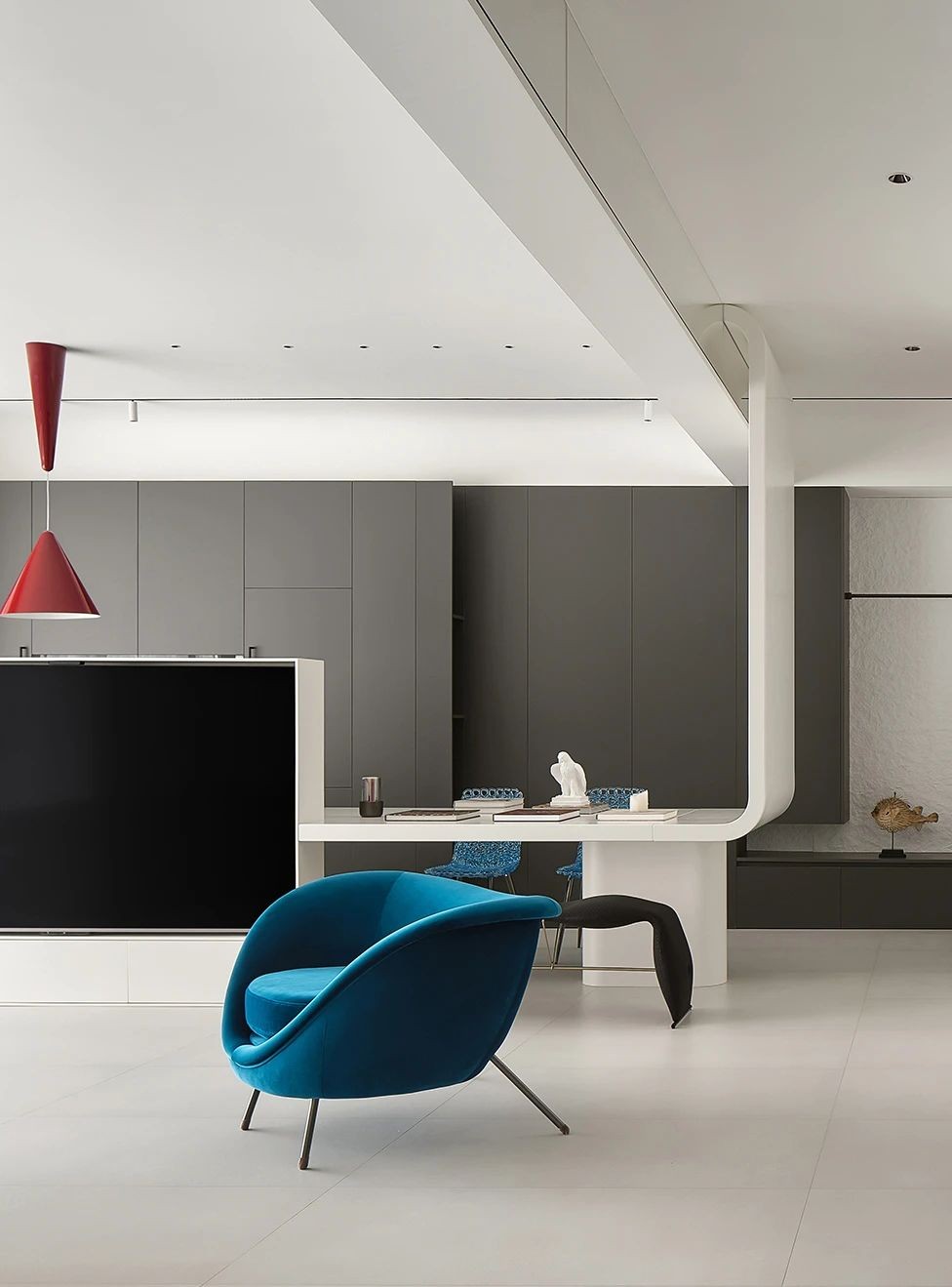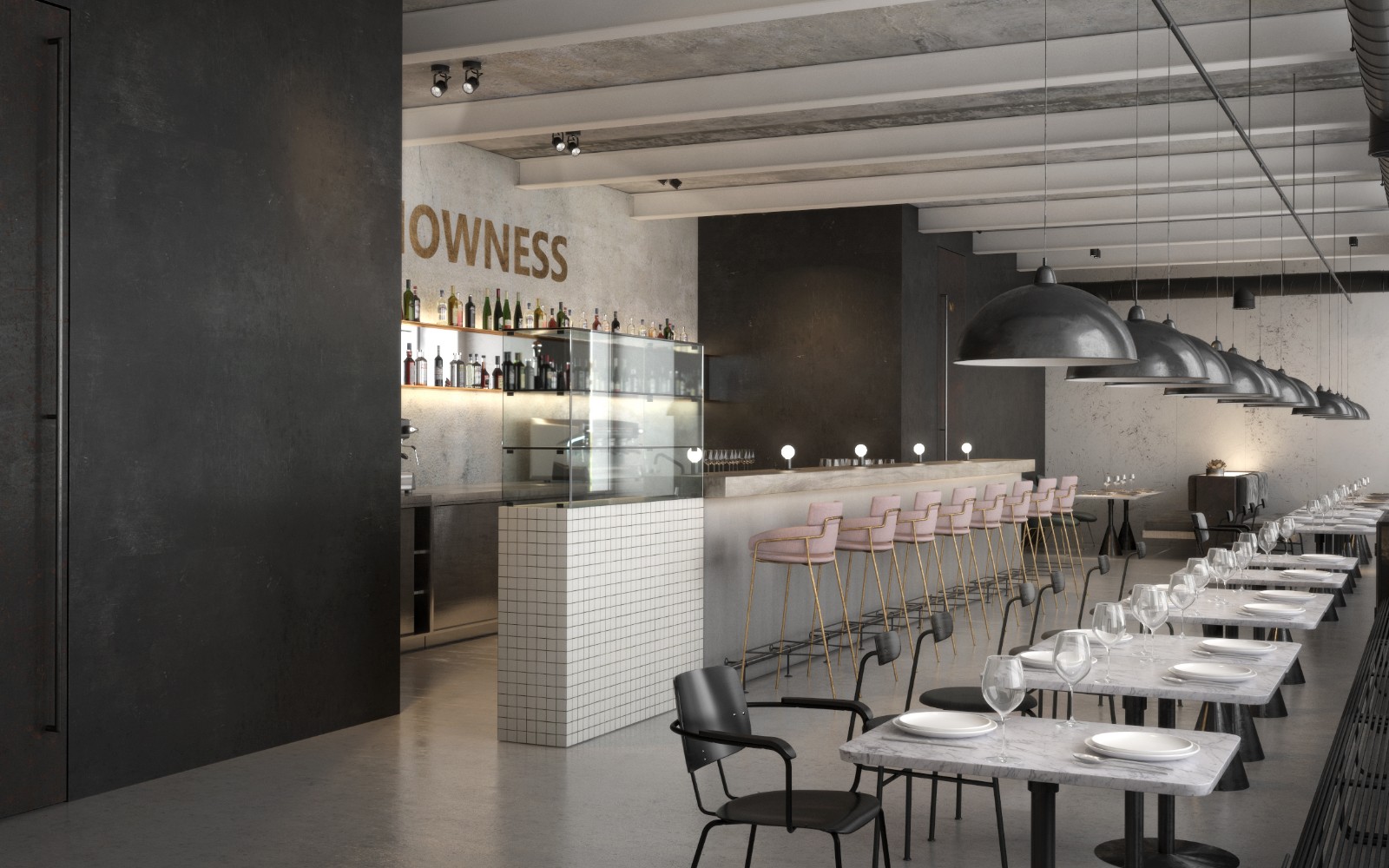Venice House Daly Genik Architects
2011-07-04 00:00
架构师提供的文本描述。这座由戴利·吉尼克建筑师设计的房子将在即将到来的“小东京设计周”上展出。这个地点有一间两居室的主楼,车库上方有一片土地,这是与这个社区中的主宾馆之间更为常见的关系发生逆转的一个地方。车库和公寓位于街道上,主要住宅位于工地的后方,两个单元面向一个郁郁葱葱的庭院。这座主楼在20世纪80年代以圣达菲风格的词汇进行了热情改造,拥有一间单人卧室和一套开放式阁楼。购买这套房产的客户想要更新房子,以适应他们日益壮大的家庭和频繁的岳父探视。
Text description provided by the architects. This house designed by Daly Genik Architects will be showcased at the upcoming Little Tokyo Design Week that we recently featured. The site, with a two bedroom main house and pied-a-terre above the garage, is a reversal of the more common relationship between main and guesthouse found in this neighborhood. The garage and apartment are at the street and the primary residence is located at the rear of the site, both units facing a lush courtyard. The main house, enthusiastically remodeled in the 1980’s in a Santa Fe-inspired vocabulary, had a single bedroom and an open loft. The clients who purchased the property wanted to update the house to accommodate their growing family and frequent in-law visits.
主要的设计挑战是重新考虑建筑结构,允许大家庭共享使用,同时保持不同程度的隐私,并增加整个主住宅和公寓的过滤日光量。
The primary design challenges were to reconsider the building structures and allow shared use by an extended family while maintaining varying levels of privacy and increase the amount of filtered daylight available throughout the main house and apartment.
主房子必须保持在它原来的分区封套在土地的后面。院子里增加了8英尺的建筑面积,使建筑面积达到了1700平方英尺,并使室内空间得以完全重组。居住空间增加到总共三间卧室和三间浴室。一个潮湿的后房的屋顶被拆除,一个室外的餐厅庭院,向厨房和书房开放。面向庭院的两层外墙完全是玻璃化的,这反过来又是一个折叠的,穿孔的金属皮,建立在一个铝制外骨骼上。
The main house had to remain within its original zoning envelope at the rear of the site. An 8-foot addition on the courtyard increased the building in size to 1,700 sqf and allowed for a complete reorganization of the interior spaces. Living spaces increased to a total of three bedrooms and three baths. The roof of a dank rear room was removed and an outdoor dining courtyard that opens to the kitchen and study was created. The two story façade facing the courtyard is entirely glazed, which in turn is shaded by a folding, perforated metal skin that rests on an aluminum exoskeleton.
这穿孔的皮肤和支持铝电枢是反映在院子周围的车库公寓折叠外壳。只有这些建筑表面延伸到院子里,浮在院子上面。主要作为遮阳设计,他们提供隐私和过滤自然光进入房子和公寓的主要居住空间。此外,它们还构成了阳台的支撑结构,这些阳台从主房和公寓的主卧室延伸开来,以便家庭成员能够在整个房产中相互看到对方。到了晚上,这些花灯飘浮在郁郁葱葱的庭院之上。
This perforated skin and supporting aluminum armature is mirrored across the courtyard by a folding enclosure surrounding the garage apartment. Only these building surfaces extend into the courtyard and float above the courtyard. Primarily designed as sun shades, they provide privacy and filtered natural light into the main living spaces of the house and apartment. In addition they form the support structure for balconies that extend from the master bedroom of the main house and the apartment to allow family members to see each other across the property. In the evening these garden lanterns float above the lush courtyard.
车库上方的工作室公寓完全由内部改造而成,围绕着宽敞的相邻室外空间组织起来:主层有一个阳台,上面有一个屋顶甲板。在夏季,这两座建筑都被金属屏风、重要的景观美化和提供通风性的可操作窗户被动冷却。家用热水,包括地板上的辐射供暖,是由房屋屋顶上的太阳能集热器提供的。
The studio apartment above the garage is completely transformed on the interior and organized around generous adjoining outdoor spaces: a balcony at the main level and a roof deck above. Both buildings are passively cooled in the summertime by the metal screens, significant landscaping, and operable windows providing ventilation throughout. Domestic hot water, including radiant heating in the floors, is supplied by solar collectors on the roof of the house.
 举报
举报
别默默的看了,快登录帮我评论一下吧!:)
注册
登录
更多评论
相关文章
-

描边风设计中,最容易犯的8种问题分析
2018年走过了四分之一,LOGO设计趋势也清晰了LOGO设计
-

描边风设计中,最容易犯的8种问题分析
2018年走过了四分之一,LOGO设计趋势也清晰了LOGO设计
-

描边风设计中,最容易犯的8种问题分析
2018年走过了四分之一,LOGO设计趋势也清晰了LOGO设计






































































